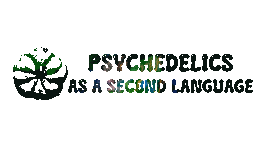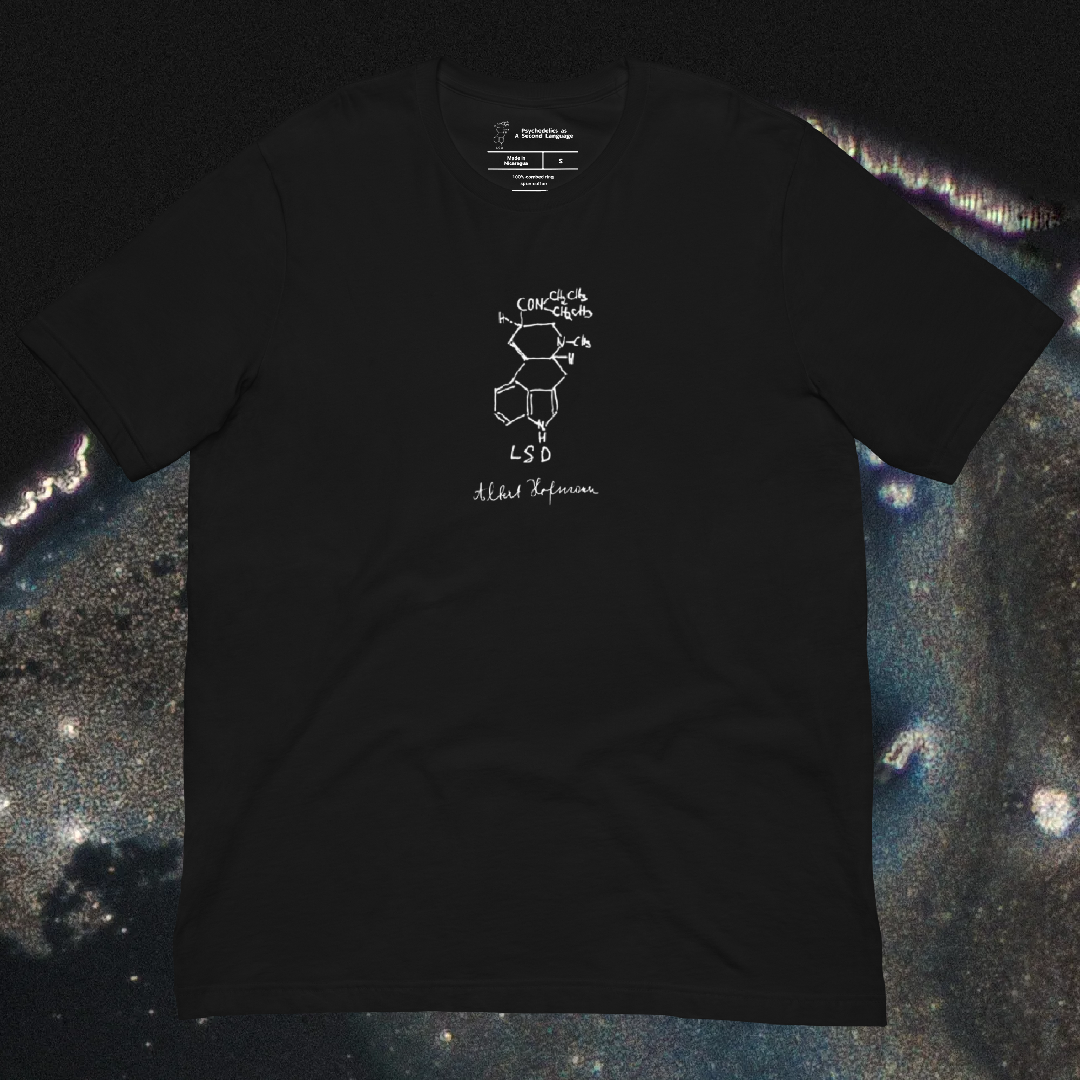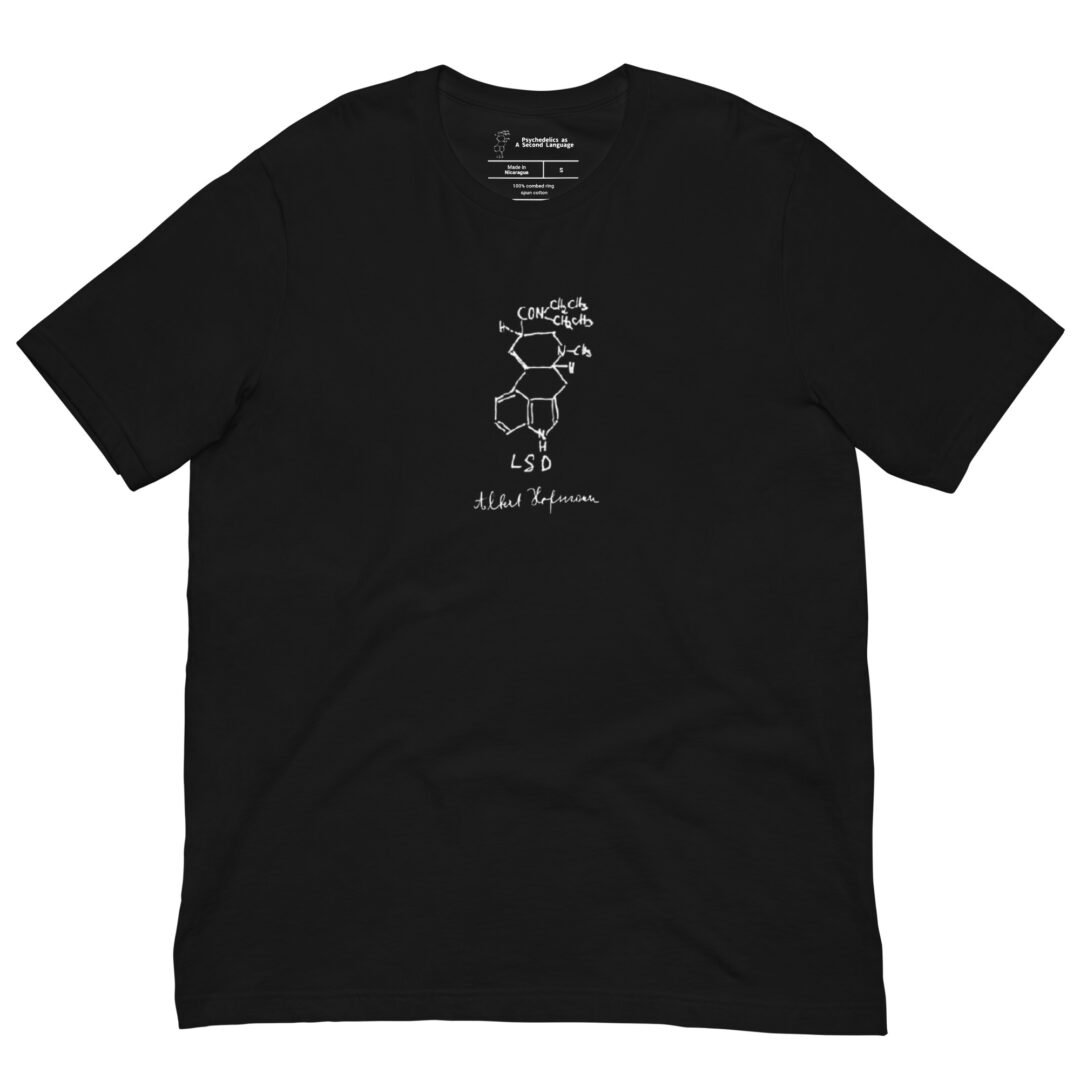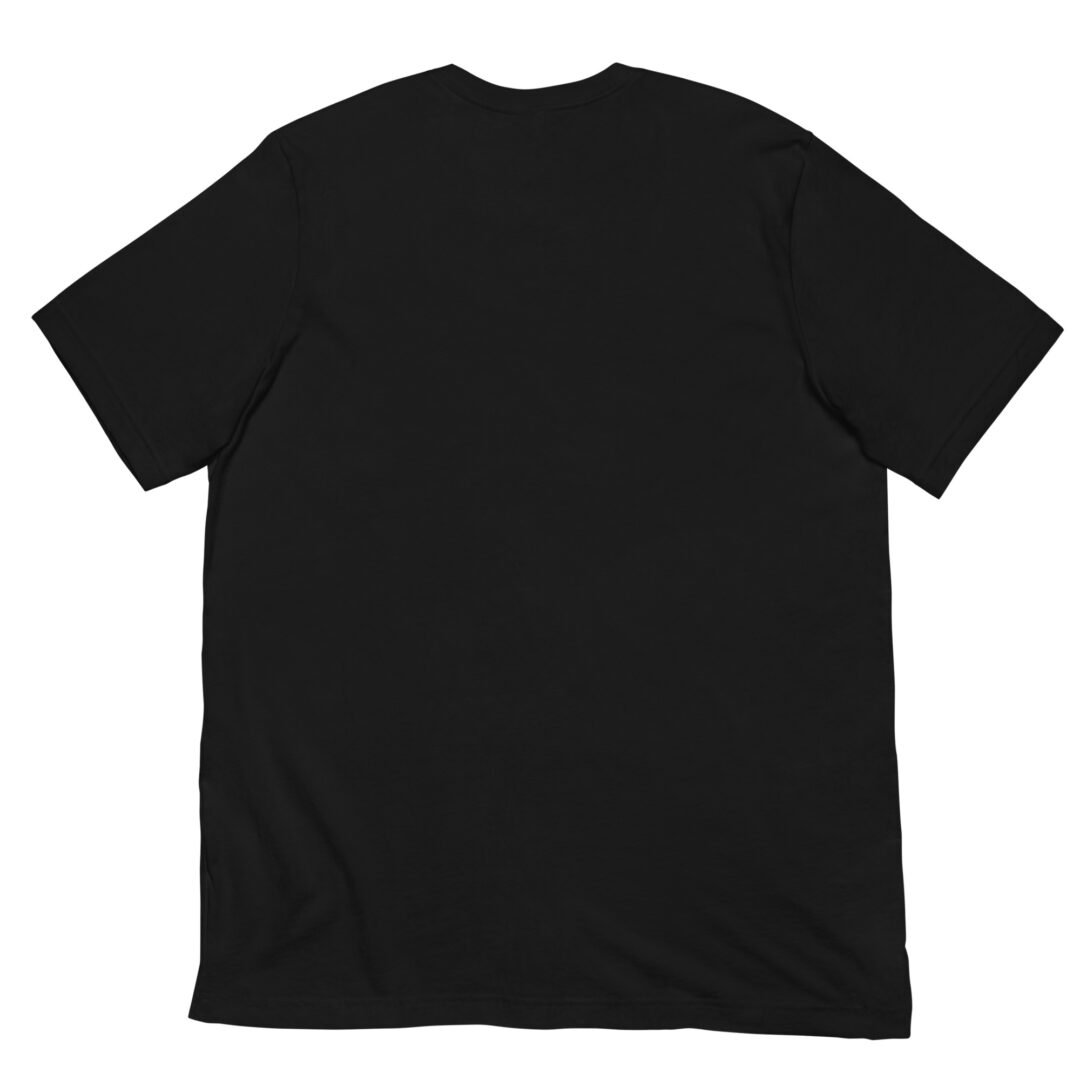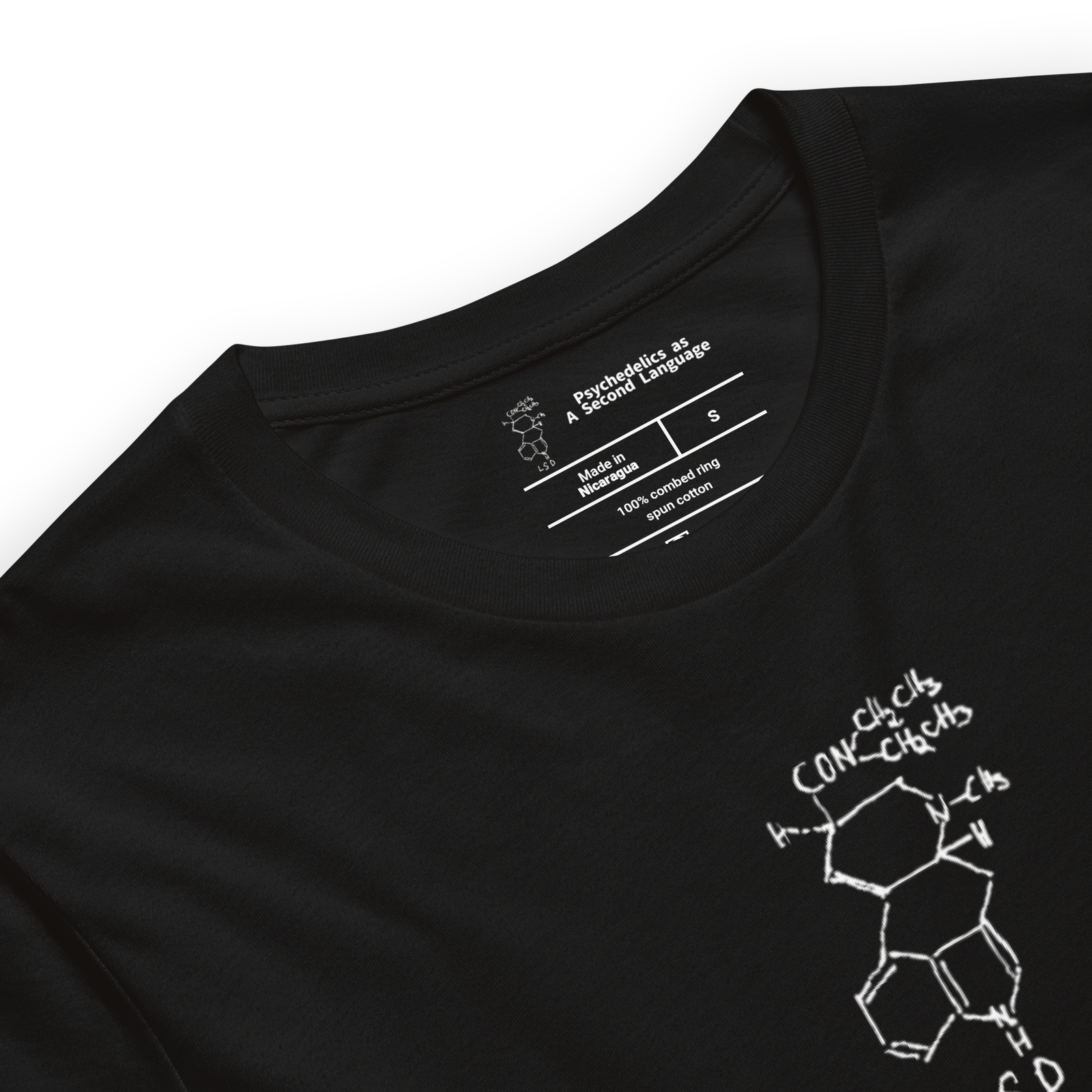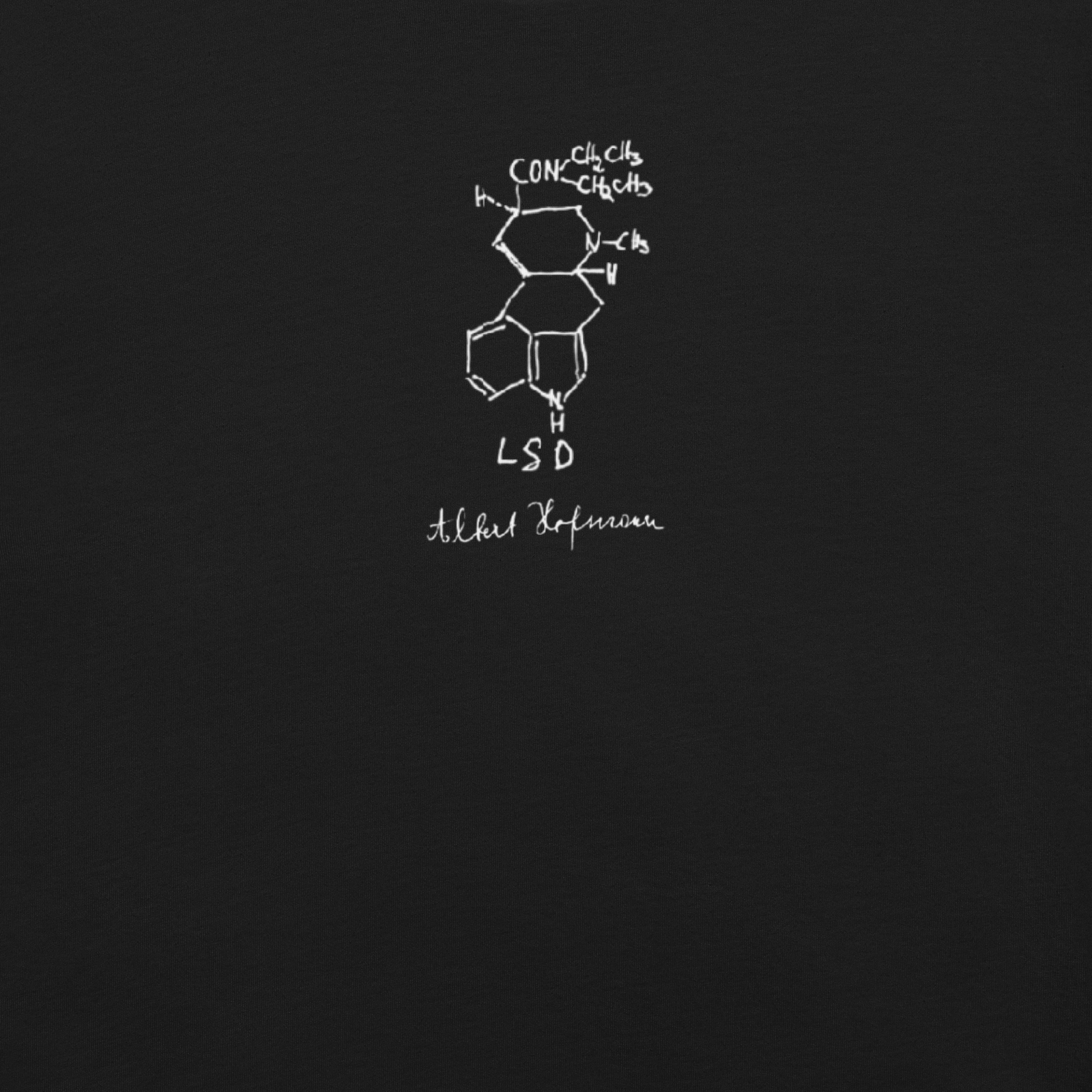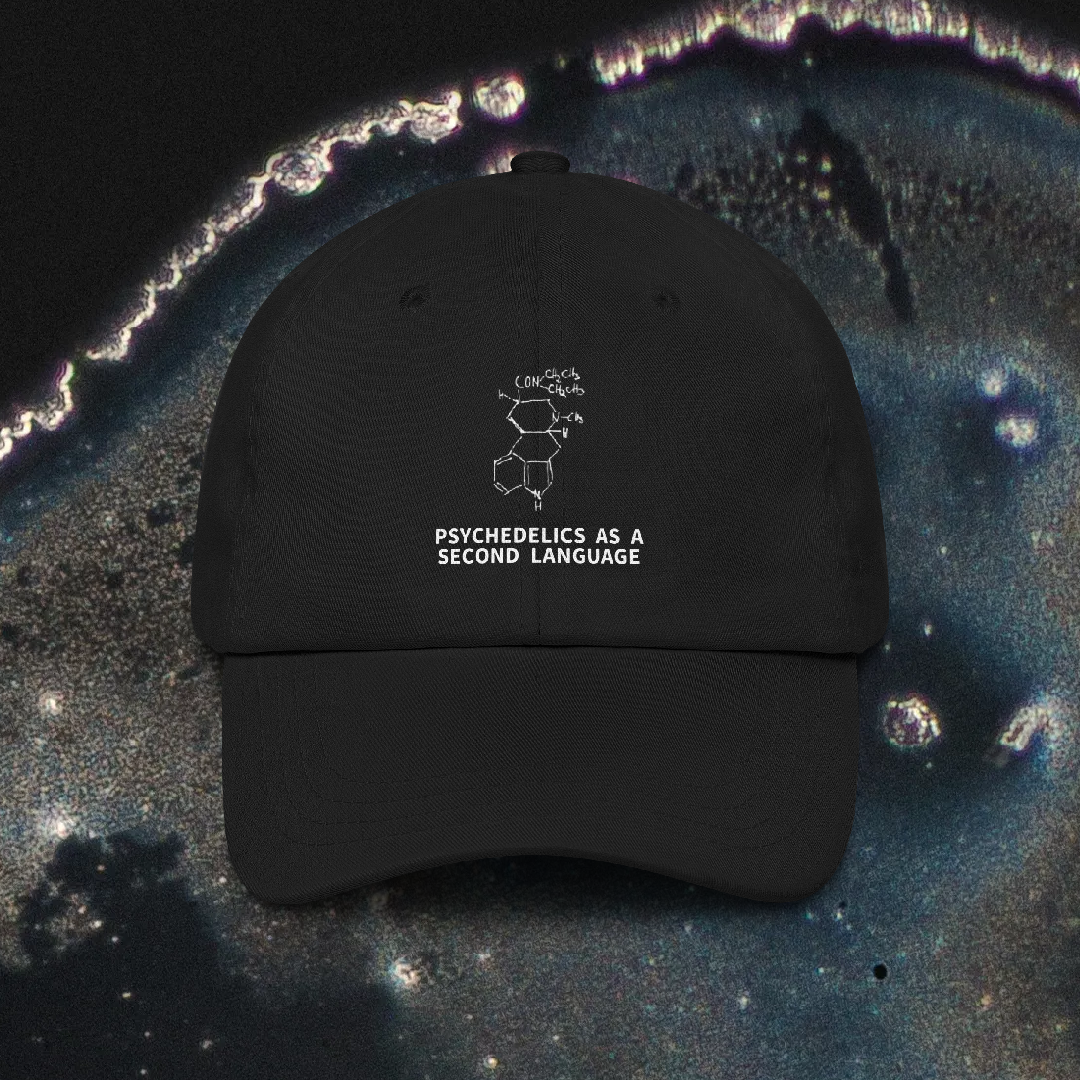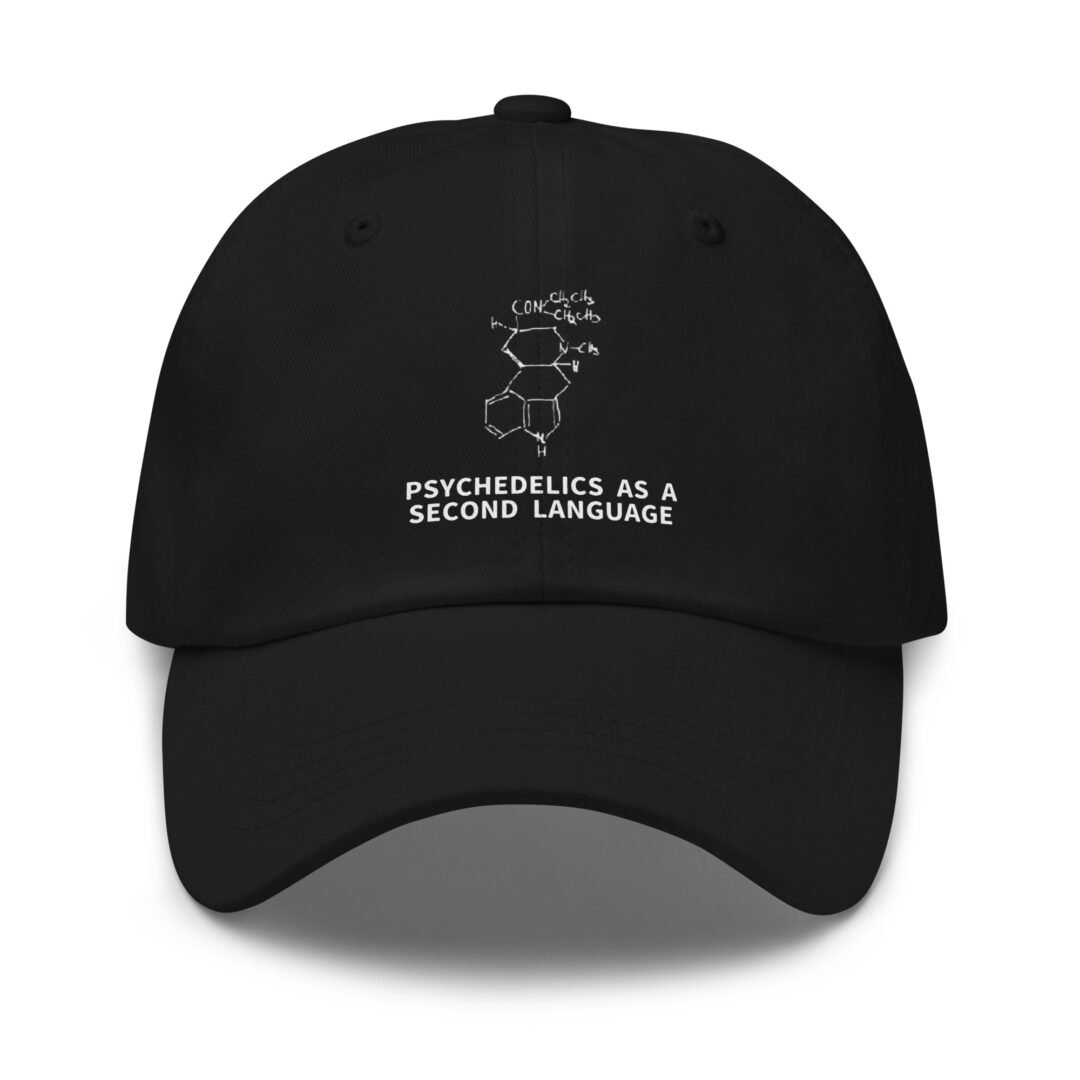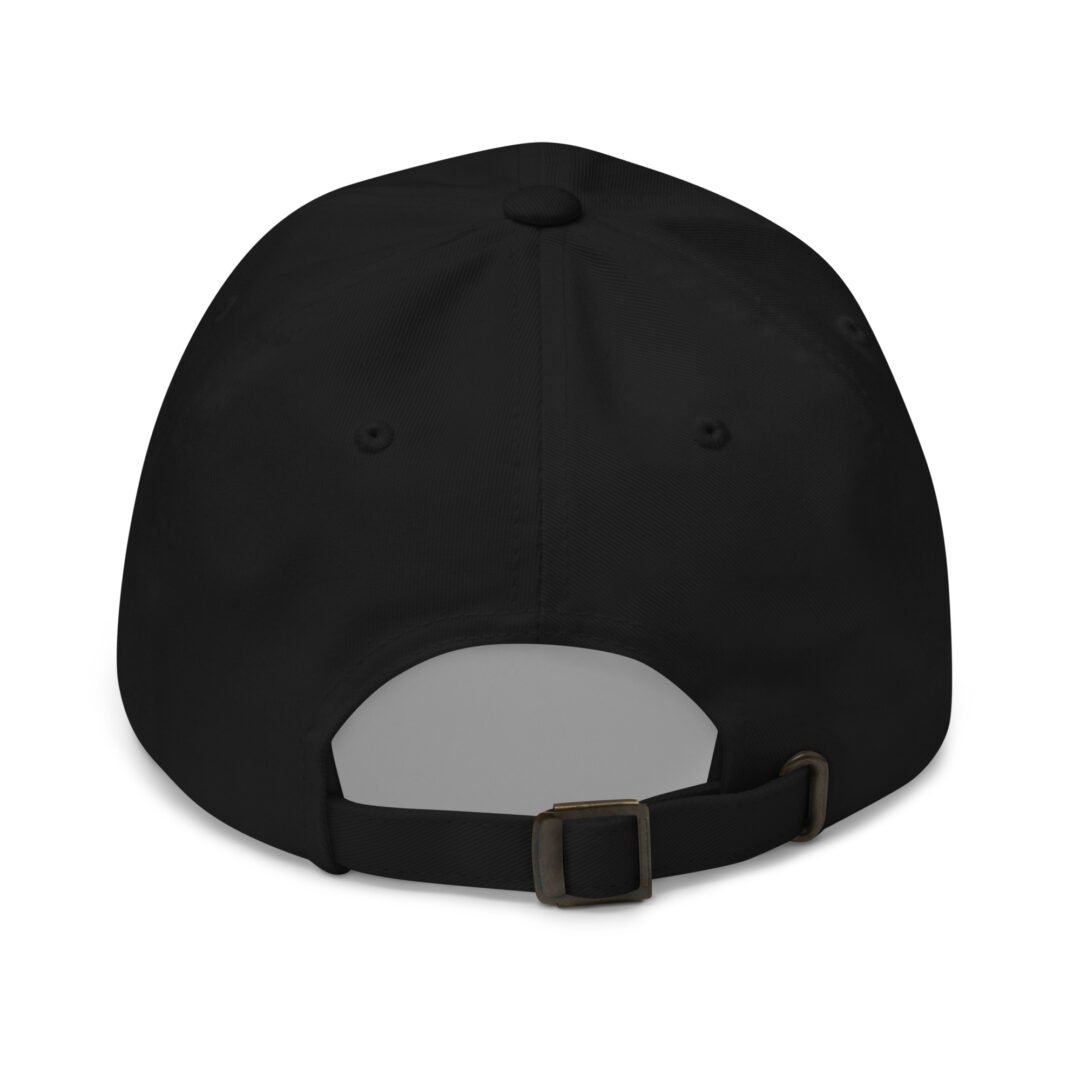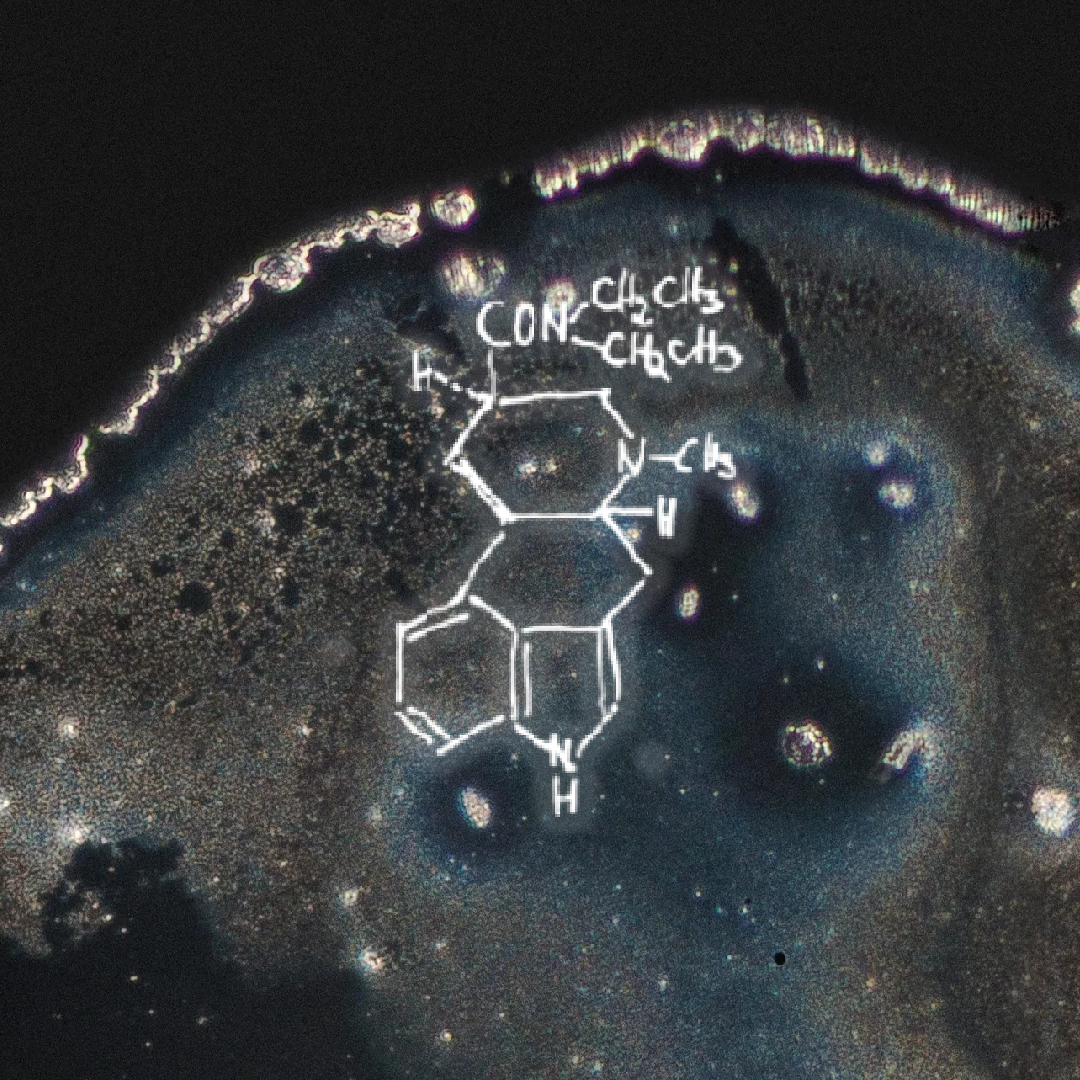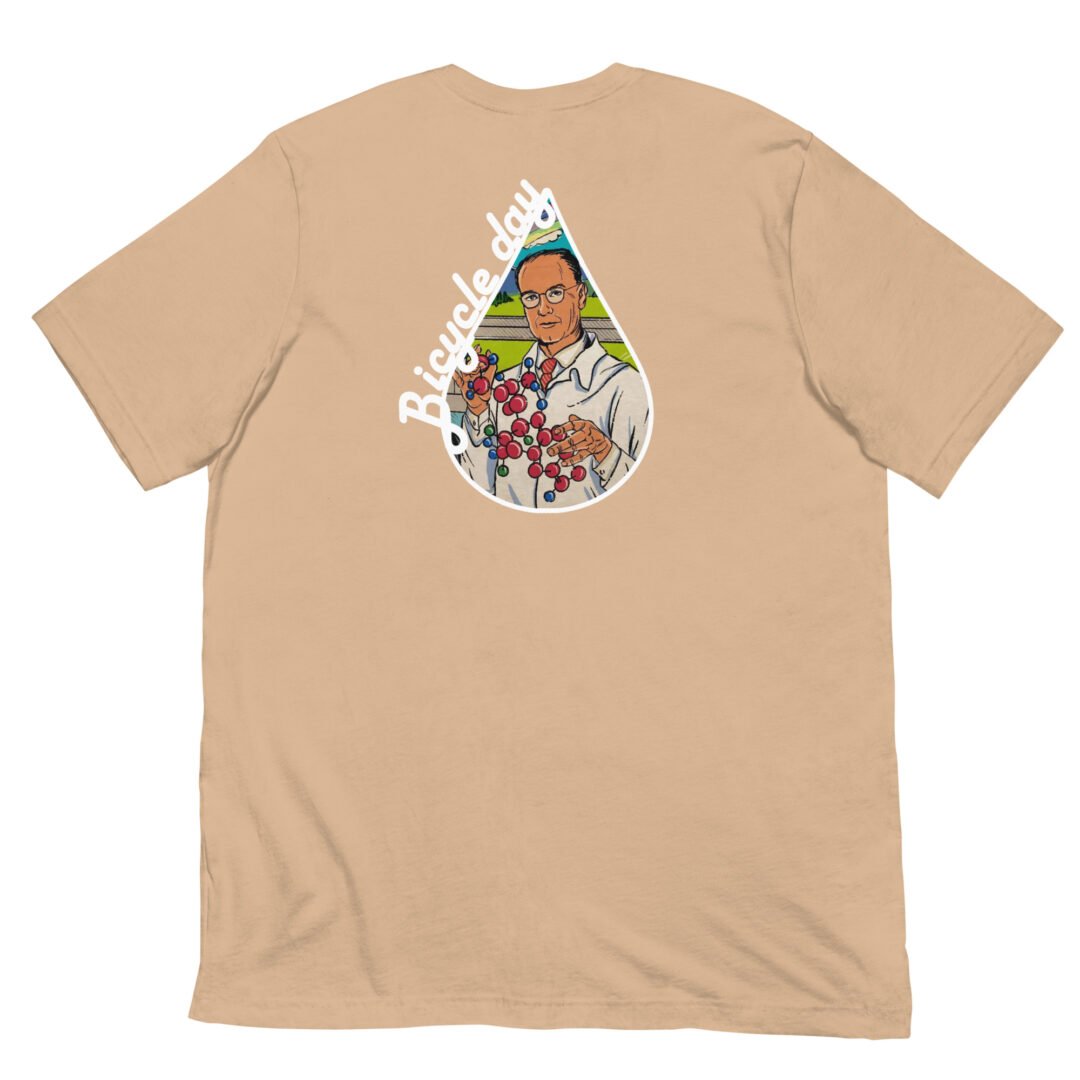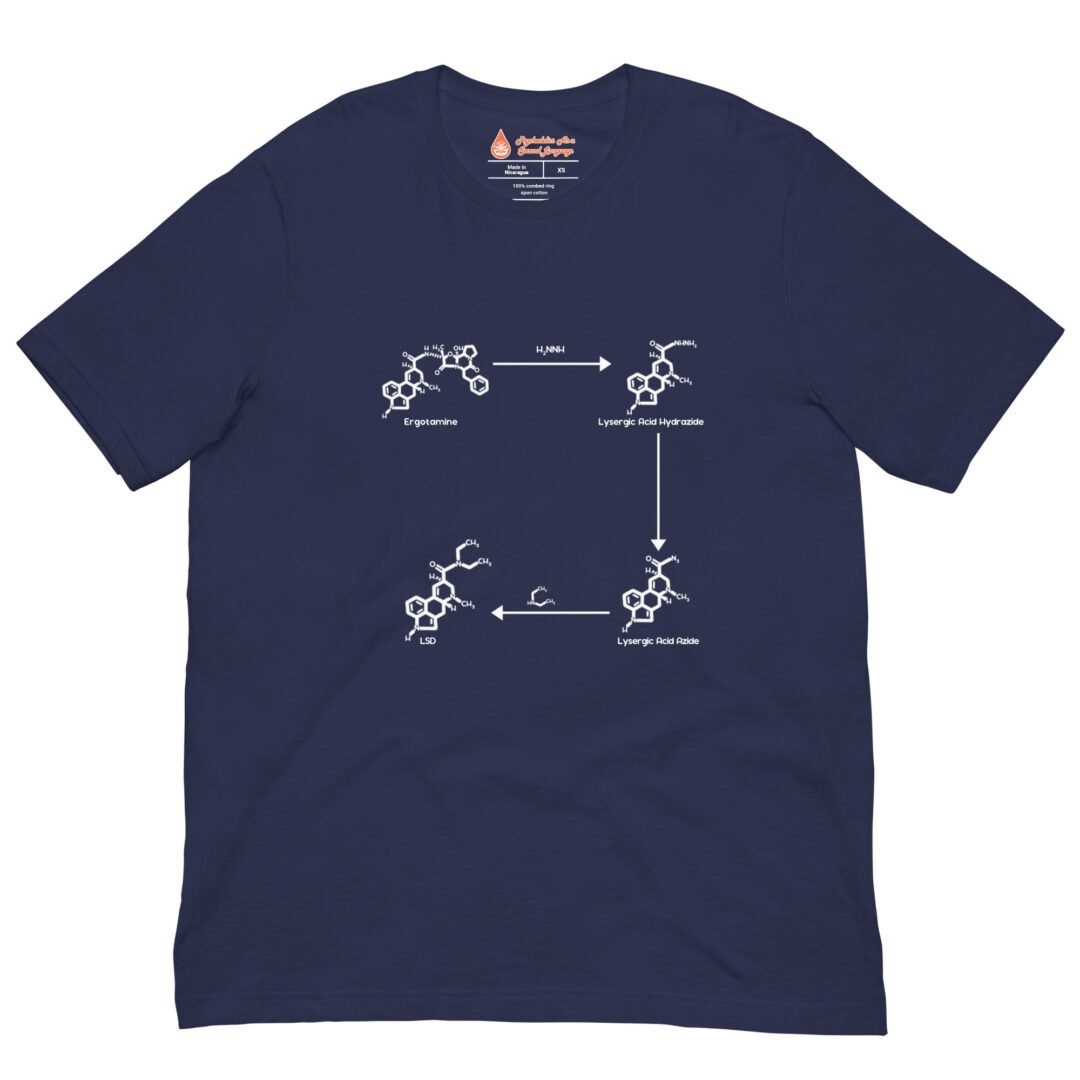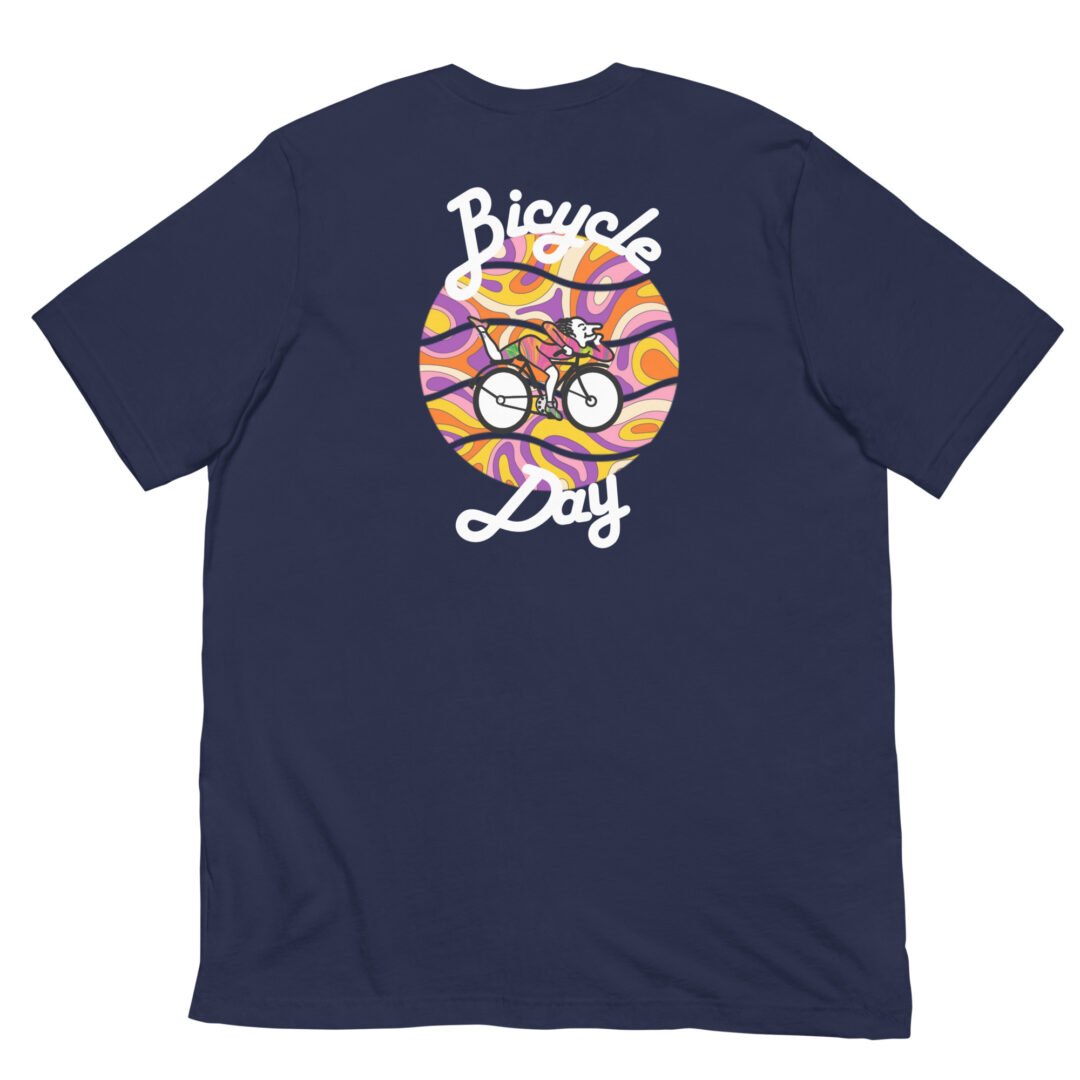Novel concept of Entheogenic Synergy
In last week’s article, we coined the concept of Entheogenic Synergy, which is a point of view that I find to be missing in the study of psychedelics and believe needs to be a part of when mentioning psychedelics and will bifurcate into the subcategories, Recreational Synergy, and Therapeutic Synergy.
Since the early days of research in psychedelics from the scientific community, there has been a constant discussion regarding the “right” way to consume these compounds. Some believe that the only correct way to experience psychedelics is by following traditional ceremonies abroad with Indigenous or Native communities, such as Peyote ceremonies and Ayahuasca ceremonies. On the other hand, some believe it is possible to obtain the same result using synthetic compounds (Mescaline and DMT in this specific example.), and in this case, where would the therapeutic use of psychedelics lie? Would it still be considered a valid psychedelic experience in the eyes of the psychedelic community?
Check out our LSD inspired merch!
With this concept, we mean not to dictate the right or wrong way to do psychedelics, but on the contrary, to accentuate the fact that there is a space of acceptance for each way to use psychedelics throughout their life, and each one might bring different benefits to the user.
Hence, we must discuss the differences between a traditional ceremony, a recreational use, and a therapeutic use of psychedelics, their set and setting, anthropological value, and the comfort of the patient/user.
Mentioning every aspect of each ceremony and its recreational and therapeutic use would be far too extensive for this article. For this reason, I will solemnly focus on the traditional Ayahuasca Ceremony, followed by the recreational use of DMT and DMT therapy. Nonetheless, other examples would follow the same ideology.
From my belief, a traditional Ayahuasca ceremony starts far before the intake of psychedelic brew as our biochemistry becomes altered from the simple moment we arrive and begin to absorb all of the new information once we land in Puerto Maldonado (Peru), Iquitos (Peru), Manu (Peru), Leticia (Colombia), or the hub for Rainforest activities, Manaus (Brazil) airport.
You might feel excited about the experience you are about to have or anxious about what could happen while facing the unknown or in fear because you’ve read about an unfortunate experience. You will eat different foods with different nutrients that alter your microbiota, abstaining from spicy foods, red meat, and sex. Experiencing connections with new people while your brain is trying to dig for the Portuguese or Spanish you may know and try to adapt it to conversations and facing different problems until you’ve reached the final destination, different weather impacting your thermoregulation. Essentially, there will be several elements that change your biochemistry and neurochemistry.
Once you reach the tribe where you’ll be in your retreat, you might become anxious about the unknown, maybe you become even more fearsome knowing that a jaguar may come out of the forest and attack you, or perhaps you feel relieved that your journey is going well, or happy and grateful that you are about to have the experience that you’ve been dreaming about for the past year.
Following these alterations in our bodies, the ceremony is about to begin. The shaman cleanses the space with the smoke of Nicotiana Rustica, a species of the same plant as tobacco, which might awaken the smell of nostalgia and euphoria if you’ve been abstaining from smoking, and blesses the space where the ritual will take place using orations.
The shaman begins to sing Ícaros from the Amazon jungle and prepares you by asking you your intentions for this experience, and calls you and other people from the group one by one to take a cup of Ayahuasca. After giving everyone the brew, the shaman also drinks a cup. The ceremony typically takes place with the lights off.
Interestingly, many entheogen ceremonies are done at night and play with elements using light, such as fireplaces, which typically have an interchangeable meaning depending on the tribe and beliefs. For example, in Native American ceremonies, the Half-Moon fireplace represents the flesh of the grandfathers and grandmothers, and two intersecting lines represent the four winds. Additionally, some claim that focusing on the flames of the fireplace will help you to get to a trance-like state quickly and allow you to experience more visuals.
When people start feeling the psychoactive effects of Ayahuasca, the shaman recites the healing Ícaros once again, accompanied by drums and other instruments.
Ícaros is one of the most important tools in the experience, as they allow the healers to communicate with the spirits to request help treating patients. Each Ícaro has a specific purpose in the ceremonial process. The shaman may sing throughout the ceremony while you navigate through your visions and experiences while interchanging the rhythm of Ícaros and the musical instruments, consequently increasing or decreasing the intensity of the ceremony. Often, shamans focus on someone in the group by singing a specific Ícaro, depending on the type of treatment the patient is looking for.
The use of elements, such as music itself, is known to alter our brain chemistry by playing with our emotions, reasoning why we become sad when listening to a sad tune or become happy when listening to happy music filled with rhythm.
According to research by Anne J.Blood and Robert J.Zatorre, pleasant music activates the dorsal amygdala, an essential factor in our positive emotions. Salimpoor et al. complemented this research by demonstrating that pleasant music releases dopamine in the striatum.
On the other hand, according to Huron D. and Margulis E.H., sad music increases the response of the right occipital lobe and the production of the hormone prolactin, a hormone associated with crying and grief.
This use of music and healing songs is implemented in almost every entheogen ceremony, from Psilocybe ceremonies to Iboga to Peyote. Music is a quintessential part of these ceremonies and is taken seriously as a healing tool.
Lastly, the shaman may cleanse you using Floral water (Água de Florida), used to clean up stagnant energies, or using tools smoking Mapacho (Nicotiana Rustica) directly with their breath, “Soplay” meant to cleanse the spirit and body. The ceremony ends with an Ícaro that helps close the healing circle. The shaman then provides individuals with specific guidance for their healing process and advises them on what to do, allowing them to experience the effects of Ayahuasca until dawn.
I firmly believe these experiences shouldn’t solemnly reflect on the set and setting and the psychedelic aspect of the healing. The anthropological and natural elements included in the experience need to be seen as a whole before the intake of the psychedelic substance, considering these elements are where the switch in your biochemistry starts. Elements such as how excited you are for the travel, the change in your microbiota when experimenting with new foods, meeting new people in the ceremony, the culture clash, the potential different beliefs and religion, being secluded in a different biome or situation such as the Amazon Rainforest or a teepee, the roles each member of the tribe plays in the ceremony, the effects of the music in your body and neurochemistry, the visual information of the costumes used in the ceremony, the folk stories that shamans and locals tell us regarding the forest and plant medicine, the expectation we have when entering the experience, the experiences you witness of other people in the ceremonial circle with you all work in synergy to generate this psychedelic experience that may change the way we think and the way we perceive reality, an Entheogenic Synergy.
Such aspects can also be pointed out in the Recreational intake and Therapeutic intake of psychedelics.
As previously mentioned, we will be using DMT as an example.
When someone uses DMT recreationally, they extract the compound from Mimosa Hostillis, try to replicate the Amazonian Brew or use a synthetic MAOI such as Selegiline mixed with the DMT counterpart.
Unlike traditional use, these steps are much more uncertain, especially for those doing it for the first time or unfamiliar with the chemistry behind extractions. This feeling can increase the anxiety of the user, both before and post-intake of the compound. There will always be the uncertainty of whether they have poisoned themselves or not after the intake of, let’s say, extracted DMT or even feel subtle effects of the home Ayahuasca brew, and believe they made something wrong, thus making them frustrated and not enjoy the subtle experience that may end up teaching them life-changing lessons.
Perhaps you live in a country where these herbs are considered illegal, and you are scared the police can bust down your door and get you arrested.
Or perhaps you feel happy and safe to be surrounded in your safe space on your own or with someone who you trust and love instead of being surrounded by people who you don’t know in a tropical jungle. You control whether you want to use music and, if so, what music you choose. Maybe you decide to put on music that calms you down or loved for the past months or years. You have the freedom of choosing the place you will stay through your experience and build your safe nest for the next 15 minutes to an hour.
The aspects of nostalgia of being in your home, the experiences you’ve had before, by yourself, with your friends, knowing that this is your safe place and that you trust with who you are with, or being by yourself, surrounded by the things you love, or the furniture that you were meant to throw away for the past year but decided to keep it for the sake of it, maybe you ate your favorite food before this experience, or look at the photography of someone you love or look at an image that pleases you or decided to leave the TV on to make you feel accompanied.
You take the brew and figure that the brew is probably not as you expected. Maybe it’s far too bitter and reminds you of when you had to take syrup as a child or when you bit into a lime because you’ve always been told that it would be one of the bitterest things you’ll experience, bringing you childhood memories. Or maybe you decided to smoke the extract, reminding you of the pair of shoes you’ve always wanted and now own or the smell of when your family acquired a new car, filling you with happiness.
Once the purging effect starts, maybe you think how could I be such an idiot I’ve poisoned myself, and become startled until you go online and discover that these effects are not abnormal (we’ve all been there. No need to be shy), or maybe you’re worried that you left your lighter on after blazing the yellow crystals of DMT.
Equally to the synergetic experience of those described in the typical ceremony, your own ceremonies at home, and the feelings you have throughout the experience and before, the excitement of talking to your friends when your plants came over the mail, the nostalgia, the anxiety, spikes of adrenaline from the unknown, all change your chemistry way before the intake of the compound, even if the effects of smoked DMT are abrupt and sudden, your body has a stage of adaptation and change with the set of emotions and visual information such as the layering of your house, street, city, country, how you feel about yourself and relationships, and various other factors that will allow your consciousness to generate an orchestrated Recreational Synergy that can change the way you perceive your safe space, the things you love, and yourself.

In my eyes, and potentially in the eyes of many, therapeutic synergy falls as a mix of recreational and ceremonial exploration.
You can benefit from being able to be more open to trauma, more focused on healing and understanding yourself and what surrounds you, and more exploratory on how to overcome these issues while being guided through these emotions by a therapist.
Just like when you go to a ceremony, you will be surrounded by people you don’t particularly know, such as health professionals and therapists, which may make the patient feel safe or can make the patient feel more anxious and uncomfortable.
You receive headphones, and the therapist will put on a music playlist throughout the session. Once again, we witness the influence of music during healing. In recent additions, psychedelic therapy may also be intertwined with VR headsets to completely isolate the experience and guide the patient into having a calmer experience by presenting them with pleasing imagery.
Often, patients will appear anxious for what is to come before even entering the clinics, which will increase their spikes of adrenaline and change their biochemistry/neurochemistry before even taking the compound. Additionally, we have another note on the anthropological connection and the mental connection we have between psychedelic therapy and hospitals/clinics. If the environment/experience feels like a consultation, it may spike the fear of the patient (if the patient is afraid of going to the medic, for example), or we may not even be able to achieve a level of compassion towards the patient, and not allow the patient to be comfortable exploring their mental place.
One element that I believe shouldn’t be taken lightly, and potentially what makes psychedelic therapy the sweet spot of psychedelic exploration, is the combination of being present in our element as we are in recreational use but at the same time being guided by someone to explore our life and our minds. Reasoning why I claim Therapeutic Synergy to be a mixture of both synergies, we have the synergy of our culture, set of beliefs, and various elements that surround our psyche and mind, making us who we are. But at the same time, we have a connection with people who live in the same environment as us, can understand our culture and beliefs, and have compassion towards our experiences, which may be somewhat difficult, for example, for someone who has the reality of living in the Amazon Rainforest and has different life experiences and beliefs than ours, the same goes all the way around, it would be difficult for someone who’s living in Los Angeles to truly feel compassion towards someone Indigenous or Native American sharing their life experiences and their history because we lack being there and feeling what they have felt and know what it’s like to be in their place.
Unfortunately, by increasing the demand for psychedelic therapy, we may be entering a psychedelic monoculture by not allowing people to know how they should explore different cultures and histories behind these various psychedelics and people making them when ideologies and beliefs across the world meet. It’s when beauty and healing happen, sharing knowledge, and experiences, understanding other cultures, respecting and cherishing them to create more experiences and not only secluding us to a Westernized bubble of recreational/psychedelic therapy. It is the sad reality that if psychedelic therapy doesn’t play its cards right, Indigenous/Native American communities will once again fall into being forgotten and oppressed.
But at the same time, we must understand that although recreational and therapeutically use of psychedelics seems not to carry as much anthropological luggage as traditional ceremonies, it doesn’t make them less effective, per contra. I believe these methods can be more effective for one to learn more about oneself. As you will be facing your own beliefs, rituals, and vices, explore your environment or have a third person (a therapist) analyze such information and how it affects your subconscious and mind daily in comparison to traditional ceremonies where you will be following different beliefs and in a different country or a different reality than yours.
This leads us to another topic.
How can each experience influence how you trip?
If we set mysticism aside, the mysteries of the mind can narrowed down into various things/situations we’ve lived through and thought about.
To clarify, I would like to bring up the concept of “box theory” by Mark Gungor, in which the brain compartmentalizes our ideas and thoughts into boxes.
During our lives, we acquire various information, some that we consider essential, others that we find less crucial, and we forget about them. Such information can range from emotions we’ve felt in the past, things we’ve learned, past traumas, relationships, culture ingrained in us, values, things we find important, life experiences, situations we’ve been part of, books we’ve read and the education we got, in between many others.
Plenty of this information is thrown to the subconscious and muscle memory as we don’t need it daily. We never think about how we proceed to walk, swim, or ride a bicycle, yet if we’ve learned how to do it in the past, we’ll know how to do it now,
Unfortunately, the same goes for our feelings. If we experience something traumatic in our childhood or even adulthood, we tend to push it into our subconscious and try not to think about it, often leading to a spiral of various untreated or misunderstood mental illnesses and conditions.
Grabbing the situations that we throw into our subconscious, the imaginary, culture, values, beliefs, ideologies, philosophies, theologies, things we want from objects to desires, and what we have witnessed/lived from visual to auditory information throughout our lives can merge into one, the mind. For a reason unbeknownst to humankind, psychedelics allow us to scavenge through all of these “boxes” and explore what we thought was lost in our brains and consciousness.
When entering the matter of brain and memory, it is, in fact, easier for our brain to access short-term memories than recollect long-term memories that have been thrown into our subconscious. I believe this not to be a coincidence as when we analyze reports from people who have experiences in ceremonial sites, they often describe witnessing various forms of contact with nature, whether contacting Gaya, facing the Jaguar, representing strength, courage (without fear), and insights in folklore, or facing the boa snake representing strength, healing, and wisdom, or seeing themselves in witnessing the birth of green-Earth. When we take these examples in, we can easily connect them to how the natural elements influence our experience and how the short-term memory of our journey to get to the retreat might have affected us, perhaps even raised our attention that we should gather more around nature or how we should value the nature more than we do, or even experience our rebirth, representing how everything was new to you and feel like a child amazed by finding a new world and reality. (Another aspect that raises my interest and may also become explained via the exploration of short-term memory is the matter of people experiencing telepathy during these sessions, as our brain can easily recollect information about people with whom we’re with. Thus, it would be easy to maintain and picture a conversation with them during hallucinations. This specific topic would need much more proof to become factual.)
The same follows in the Recreational and Therapeutic uses of psychedelics. However, we can also see that it’s easier for these experiences to trigger more elements of long-term memory. If we read the reports, we can notice a pattern. Typically, people will hallucinate with various items that surround them, such as technology, things implemented in our culture and folk (and not to call out Terence McKenna here, but there is a chance that his witnessing of Machine Elves could be a recollection of garden gnomes and the idea of the development of various types of technologies at the time). But also items that may trigger your long-term memory, for example, a baseball that reminds you of playing with your father, a book given to you by a high-school crush, or a simple picture of your family, will often trigger the experience to be more personal and allow you to explore not only your life, but the relationship with the items and scenario you surround yourself from, the relationships with people whom you gather every month, or maybe you end up noticing how society has disconnected and became much more affectionate towards mobile devices, often people also tend to explore more about their imaginary when using these compounds recreationally, explore their philosophies and beliefs, and tend to use the experience as a method as inspiration for their artistry.
In addition, during the use of these compounds in therapy, you will be guided to focus more on what is worrying you, such as past traumas, problems with relationships, and what is causing you distress. Hence, your trip will likely be more focused on these thematics. You will probably witness your rebirth, re-meeting people you’ve lost, hear people you thought you’d never listen to again, find forgiveness, and explore your relationship with the world, yourself, and those surrounding you.
Understanding the concepts of Entheogenic Synergy, Recreational Synergy, and Therapeutic Synergy and how these synergies affect and coordinate how our experiences develop is not only important but essential to know that these experiences should co-exist, and each of them may be the preferred selection of the user depending on the result they are searching for. If a person seeks inner growth and wants to explore their mind in a recreational or therapeutic setting, they might find it more fulfilling, and if someone is searching for an experience that connects them to nature and gives them a sense of rebirth, a traditional ceremony might be more fitting.
With this article, I intend to raise awareness so that in the future anthropological values, beliefs, and elements susceptible to changing our biochemistry, microbiota, neurochemistry, and the way we think, such as hearing other experiences, expectations, and the journey to our destination, as well as conversations we have about the experience, being present to a new environment and language, learning to adapt, changing our neuroplasticity and thermoregulation are explored as equally as the psychedelic experience, and even further, be included in the psychedelic experience.
